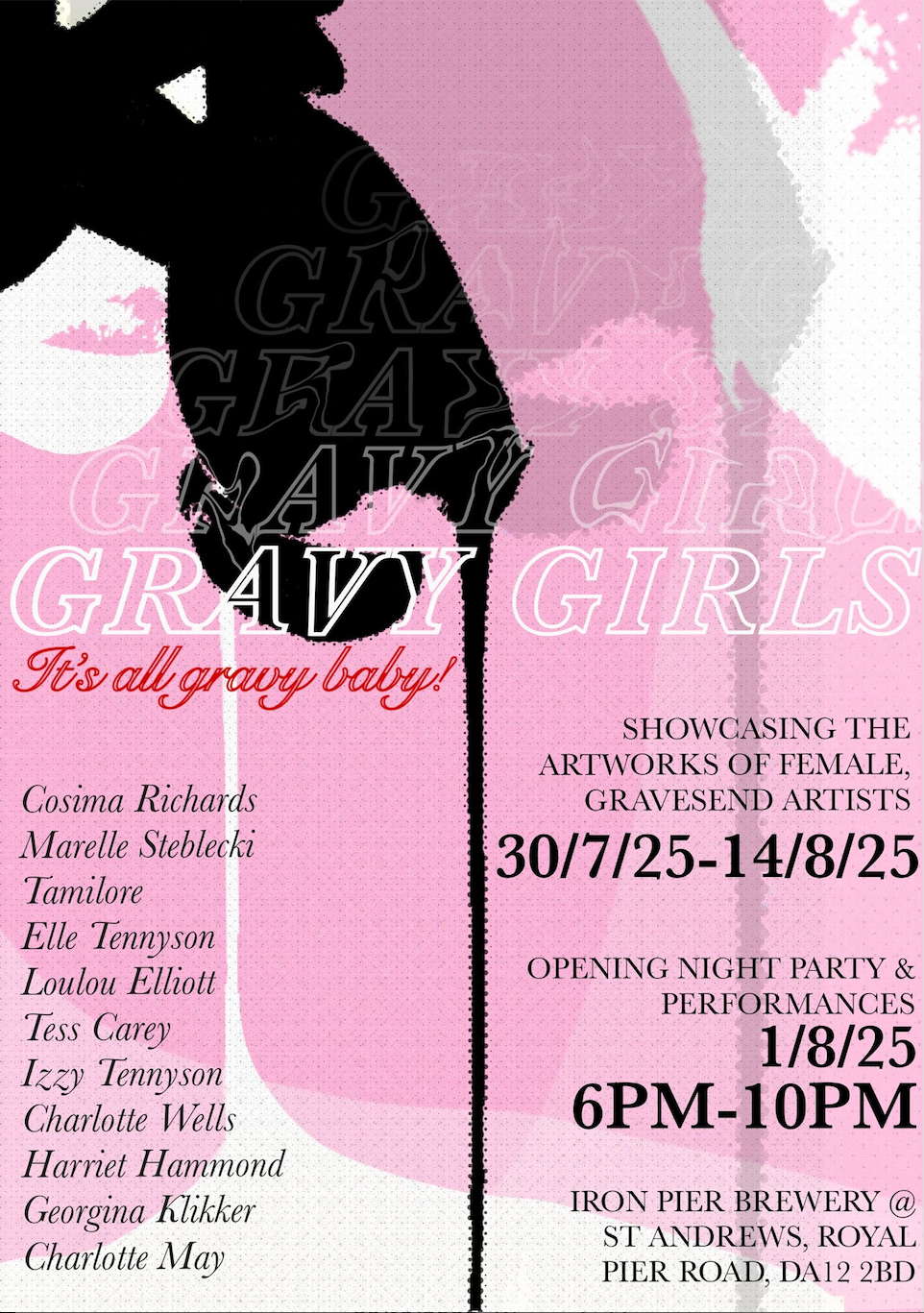the rossettis at tate britain
- elletennyson

- Jul 29, 2023
- 3 min read

The name Rossetti is very much associated with the painter Dante Gabriel Rossetti, whose paintings that often convey the mysteries of love and death, already feature at the Tate Britain alongside his Pre-Raphaelite brothers. Among the canvases, there is usually a familiar face distinguishable under her many guises by her angular face, her faraway expression and luscious red hair. Hair that was said to have grown to fill her coffin, when it was exhumed years after her death to retrieve Gabriel's book of poems. His wife, Elizabeth 'Lizzie' Siddal, is the second Rossetti to join the principal cast, though primarily a model and muse, the exhibition showcases a comprehensive look into her tentative series of artwork. The couple are third wheeled by Gabriel's talented sister, Christina Rossetti, a romantic and devotional poet whose literature was underlined with criticism of female objectification which was often applied to Gabriel and his artists friends, as well as other feminist views.
The exhibition begins with an exploration into the early practices of Gabriel and Christina as they delved into art and poetry from a young age. The Rossetti siblings thrived in the advantages of a middle class education and living, having been born to two progressive intellects who fully supported their creative endeavours and whose devoted tutelage greatly shaped their children’s influences. Their distinguished father’s fascination with the Italian poet and scholar Dante Alighieri fuelled Gabriel’s equal intrigue, that lead him to rather pretentiously rearrange his name to Dante Gabriel as well as continuously reimagine Dante and his slew of characters throughout his career. The siblings collaborated with one another with Christina modelling for him, most notably as the Virgin Mary in his depiction of the Annunciation, while he drew illustrations to accompany her narrative poem Goblin Market, which was lauded by critics and her male poetic contemporaries.
Poetry and literature is a hard sell for an exhibition, having to queue and mill around delicate manuscripts that are barely legible through reflective glass and low lighting. The exhibition does try and work around it by creating sound bites and enlarging quotes from Christina’s work, but the exhibition only begins to come alive with the introduction of Lizzie Siddal, a working class milliner whose image occupied Gabriel’s subsequential paintings.
According to his sister, Gabriel “feeds upon her face by day and night” obsessively painting and moulding her into which ever heroine he needed, whether it was an angel, a queen or ‘a nameless girl in freshest summer-greens.’ Lizzie’s face was used countless times, not only by Gabriel but his fellow Pre-Raphaelites William Holman Hunt and John Millais. Her portrayal of Ophelia by the latter artist, arguably one of the most famous Pre-Raphaelite paintings is surprisingly missing from the exhibition, though it hangs elsewhere in the Tate Britain. The painting served to elevate her as the leading woman among the Pre-Raphaelite’s other stunners but her seniority is eclipsed due to the lack of it and that the final two rooms, which housed the main bulk of gilded framed paintings, only show Gabriel’s latter paintings of his other models Fanny Cornforth, Jane Morris and Alexa Wilding.
The painting 'Beata Beatrix', competed after Lizzie's death sees her cast, not for the first time, as Dante's muse. Unlike Gabriel, the exhibition is determined to set Lizzie apart from Dante’s unrequited love, for Beatrice Portinari there is only Dante's portrayal of her to speak of yet Lizzie was able to carve her own image onto the canvas, to reveal the real woman behind her male admirer's fantasy. There is a room dedicated to her work that she created with Gabriel's tutelage and the patronage of John Ruskin. Sadly, she was unable to master her craft, but showed great promise and adhered to Pre-Raphaelite sentiments and beliefs. It is intriguing to see the harsh contrast between how Gabriel depicted Lizzie and how she viewed herself in portraiture. Her pale skin looks more sickly under her spotlight, eyes cold and distant, lips pursed rather than pouted, her stance more rigid and her hair matches the dark auburn lock on display rather than the box red depicted under Gabriel’s ardent gaze. Though their relationship bore some of the tropes of a medieval romance, Lizzie’s life with Gabriel was riddled with his constant infidelities with his other models, fiery arguments and her addiction to laudanum used to ease her depressions, weakened her already frail health.
The exhibition is a great venture for those who seek a comprehensive view of this colourful family, and gain an archival knowledge of their lives and accomplishments and to see first hand Lizzie's work, which are not often exhibited.
The Rossettis is on display at Tate Britain until 24th September 2023




Comments